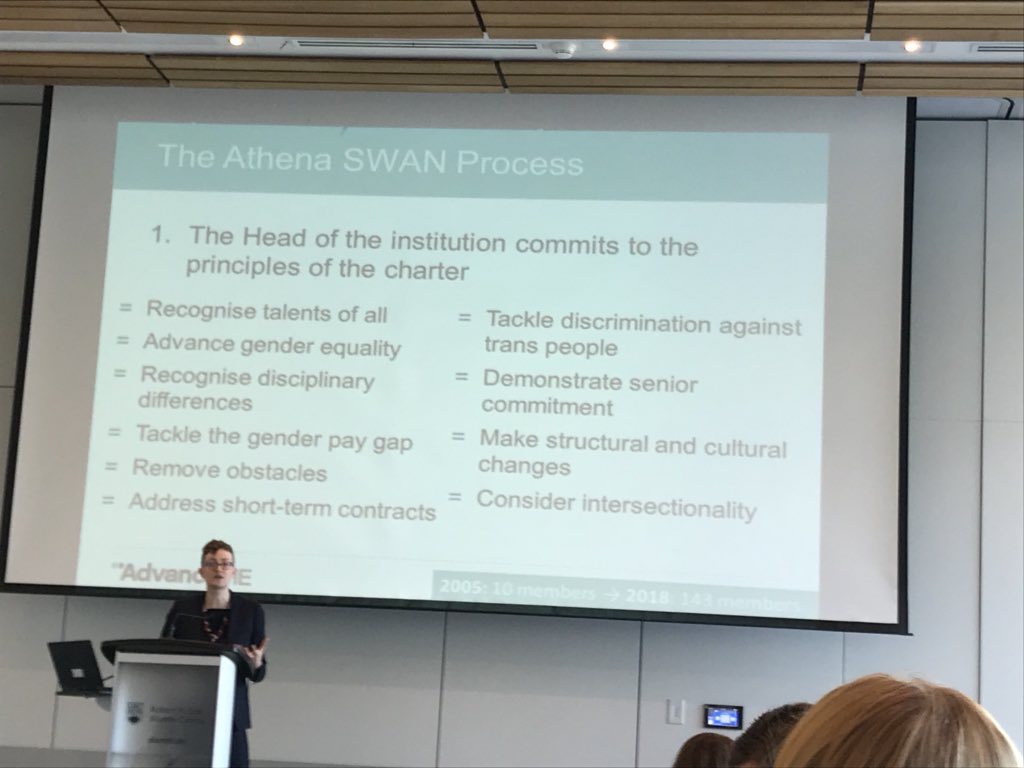P1: Set up a general/global/fundamental/universal problem or question
P2: still pretty general but reign it in a bit towards your own focus, mention key gaps
P3: what does reader need to know to appreciate how great your first research question is?
P5: give brief arc of paper to come, state explicit RESEARCH QUESTIONS especially if you didn’t mention them in P3/P4. Brief expectations could be mentioned here along with why your work is novel
- Go make them, silly!
- Tweak Research Q to reflect what you DID answer
- If you decide you need totally new Research Q, consider if it can be another separate chapter. Milk these data for all they are worth!














